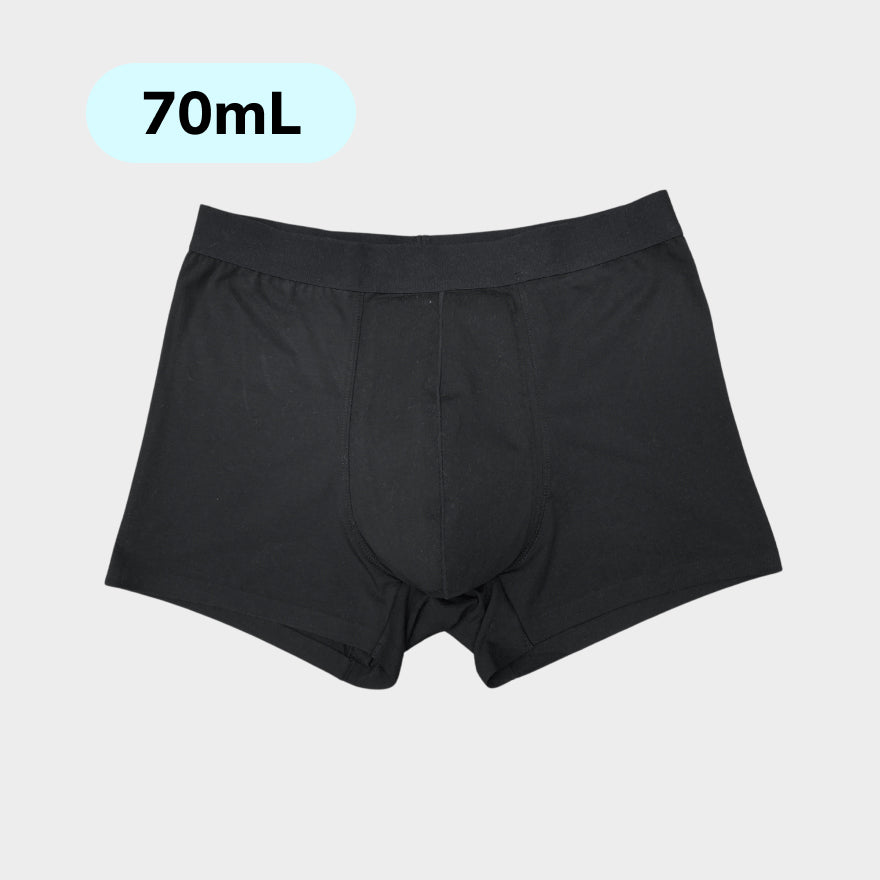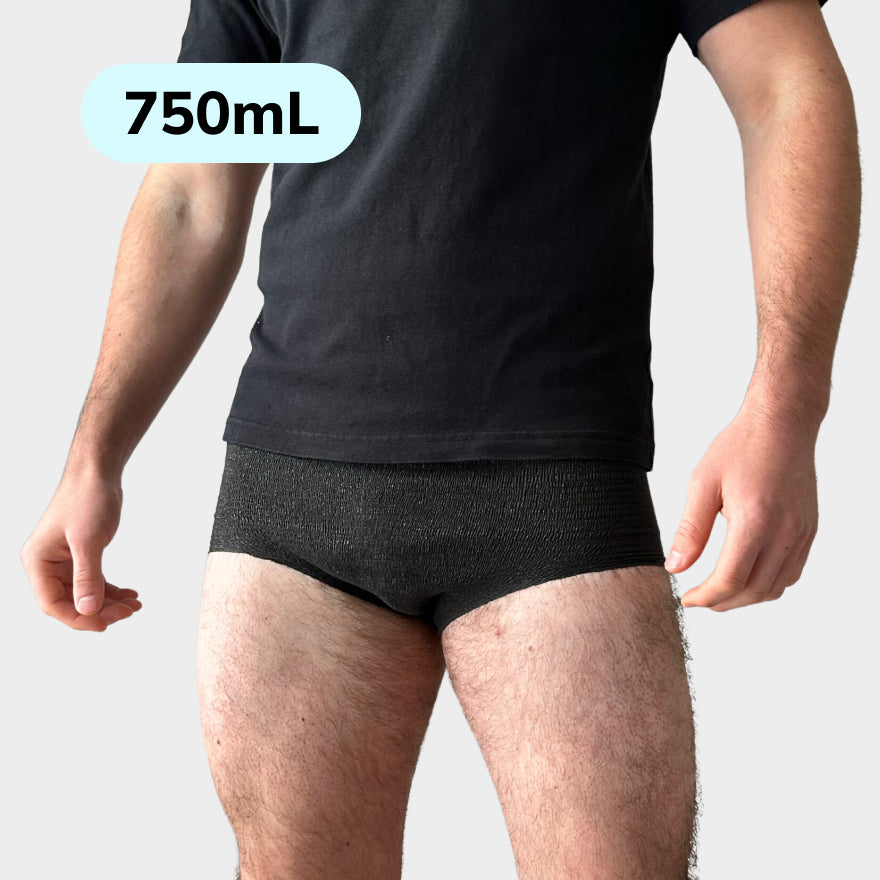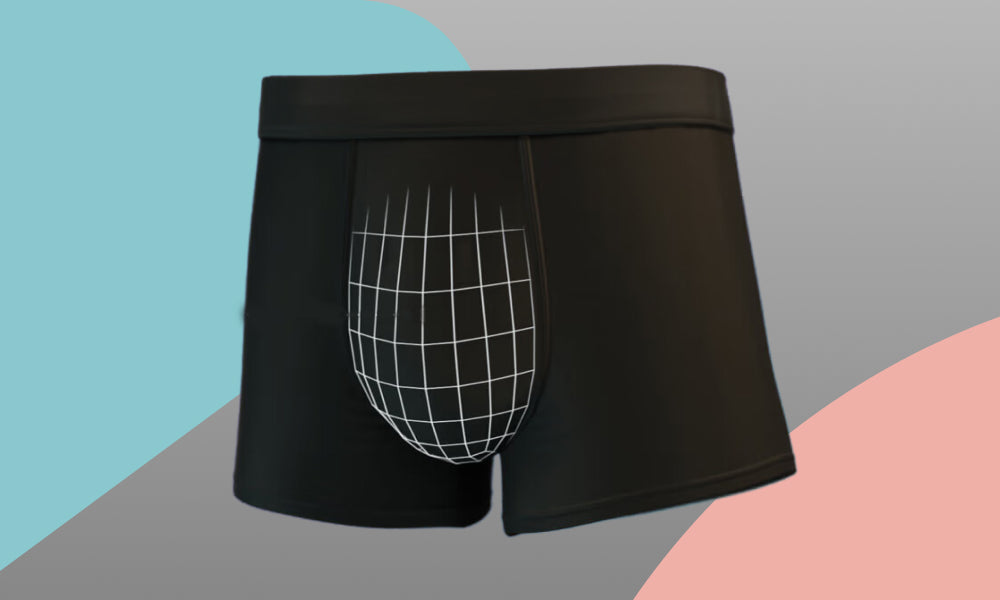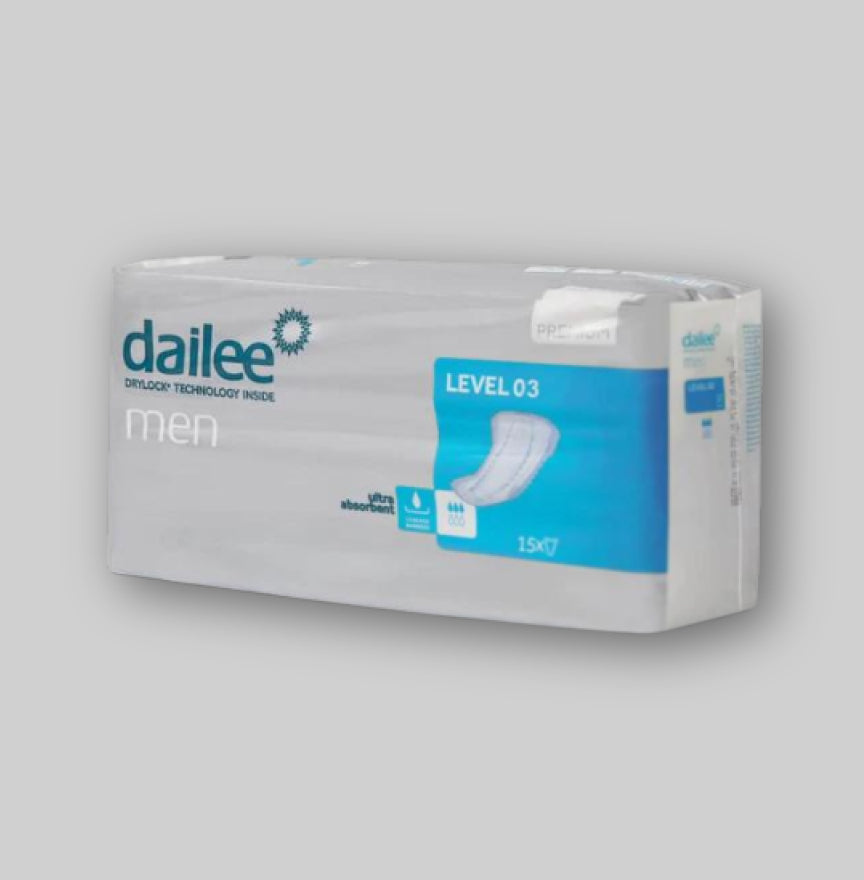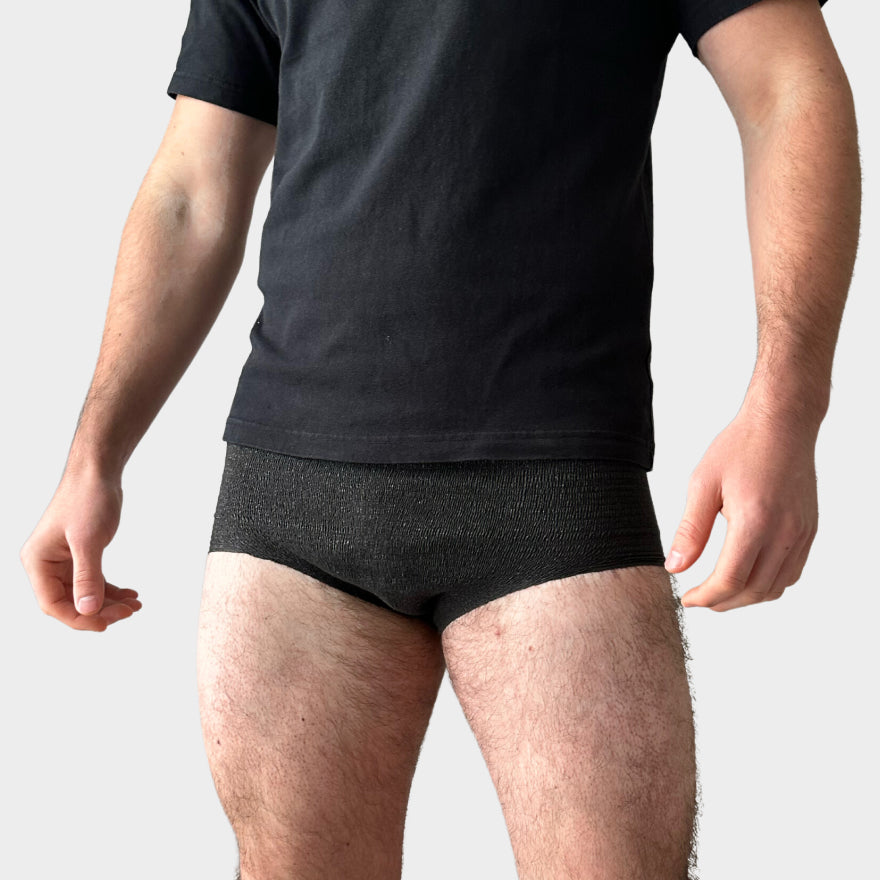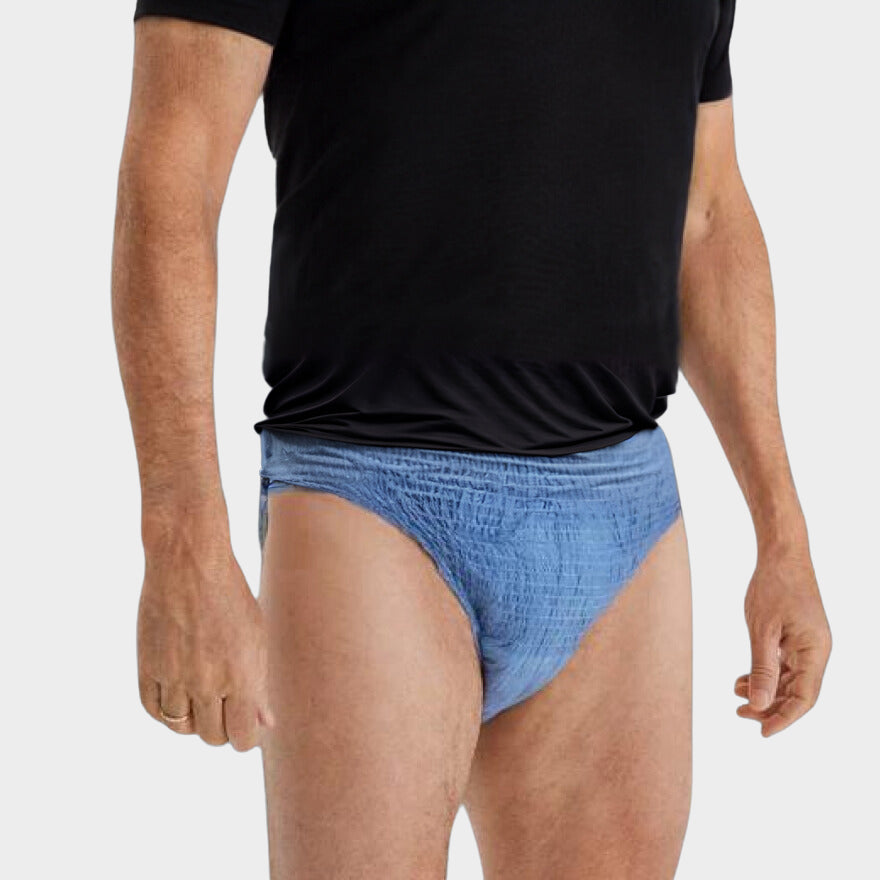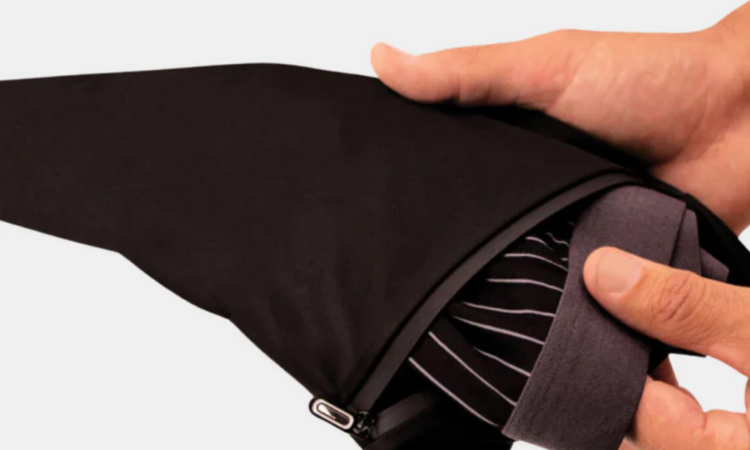The pessary is a common medical solution for women who suffer from urinary incontinence, a condition that can seriously affect their quality of life. In this article, we will take a closer look at what a pessary is, how it works, its benefits and possible side effects, as well as who might consider it as a treatment option.
What is a pessary for incontinence?
A pessary is a small, flexible device inserted into the vagina that is designed to support the bladder and prevent urine leakage. The pessary is usually made of medical-grade silicone or rubber and comes in a variety of shapes and sizes to fit each woman's anatomy.
How does a pessary work?
The pessary works by putting pressure on the urethra and supporting the bladder, making it harder for urine to escape unintentionally. Keeping the pessary in place can effectively reduce urine leakage during activities such as coughing, sneezing or exercising.
Advantages of the pessary
-
Nonsurgical Option: The pessary is a nonsurgical treatment option for urinary incontinence, meaning it is less invasive than some other procedures and can provide a faster recovery.
-
Reusability: A pessary can be used repeatedly and requires only periodic cleaning and maintenance for long-term use.
-
Adjustability: Because pessaries come in different shapes and sizes, your health care provider can help you find the right pessary to fit your anatomy and needs.
Possible side effects of the pessary
Although the pessary is generally safe and effective, some women may experience side effects, including:
-
Vaginal irritation: Wearing the pessary for long periods of time may cause irritation or tenderness of the vaginal tissues. Regular cleaning and following your healthcare provider's instructions can help prevent this.
-
Urinary problems: In rare cases, the pessary can put pressure on the bladder and cause urinary problems, such as frequent urinary tract infections or problems emptying the bladder.
-
Discomfort: Some women may experience discomfort when inserting or wearing the pessary, but this can often be relieved by adjusting the fit or using lubricant.
Who should consider a pessary?
The pessary may be a suitable treatment option for women who have mild to moderate urinary incontinence and are looking for a nonsurgical solution. It is important to talk to your healthcare provider about your symptoms and needs to determine if the pessary is right for you.
Conclusion
The pessary is an effective, nonsurgical treatment option for women with urinary incontinence that can help reduce urine leakage and improve quality of life. By working with your healthcare provider and following appropriate instructions and guidelines, you can maximize the benefits of the pessary and effectively manage your symptoms.
